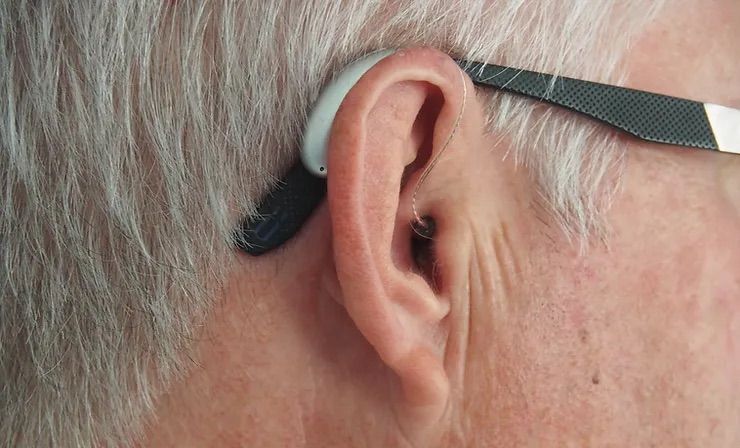Hearing aids come in different sizes and colours. They range in size from completely-in-the-canal (CIC) to behind-the-ear (BTE) models. It is commonly assumed that smaller hearing aids are “better” and more expensive than their larger counterparts. However, this is not necessarily true.
Does Size Matter?

The cost of a hearing aid is primarily determined by the technology within the hearing aid rather than the size of the device.
The size of the hearing aid prescribed by your audiologist will be determined by a number of factors including:
Degree and configuration of hearing loss
The size of the hearing aid that is most appropriate is primarily determined by the degree of the hearing loss it is fit to. As a result, as the degree of the hearing loss increases, the size of the device also increases. Smaller hearing aids (e.g., CIC) are more appropriate for mild and moderate hearing losses whereas larger hearing aids (e.g., BTE) are more appropriate for severe losses.
Patient preferences and considerations
Some patients have preferences with regard to the style of hearing aid that they are willing to wear. Other considerations to make are related to factors such as:
Physical dimensions of ear and/or medical contraindications (e.g., perforated ear drum, larger or surgical ears, frequent ear infections, excessive wax buildup etc.)
Physical limitations (e.g., arthritis, numbness in fingers, poor vision)
Maintenance (e.g., changing batteries, cleaning etc.)
Cosmetic concerns (e.g., willingness to wear certain styles of hearing aids based on how visible they are to other people)
Technology incorporated into the hearing aid (e.g., Bluetooth, telecoil, etc.)
It is important to approach the hearing aid evaluation with an open-mind in order to maximize the expected benefit from your hearing aid(s). There are typically cosmetic and practical concerns to consider with advantages and disadvantages associated with each. For example, if you are only willing to wear a CIC device but produce a lot of wax, your device may be prone to breakdown and need to go for repair frequently.
Your audiologist will review your hearing loss with you and advise you on the size/style of the device(s) that is most appropriate for you given your particular needs, concerns and circumstances. Ultimately, you are embarking on this journey to hear better and your audiologist is here to guide and assist you in this process.
